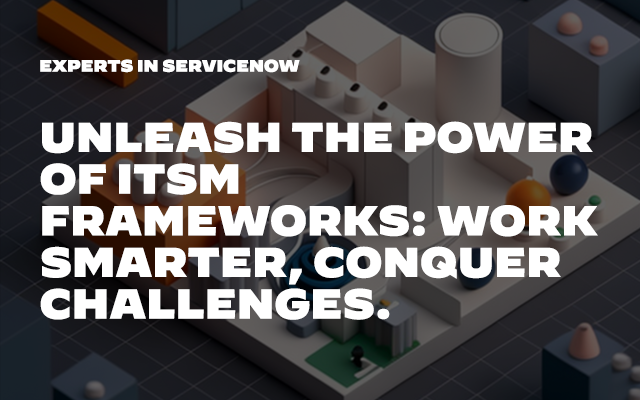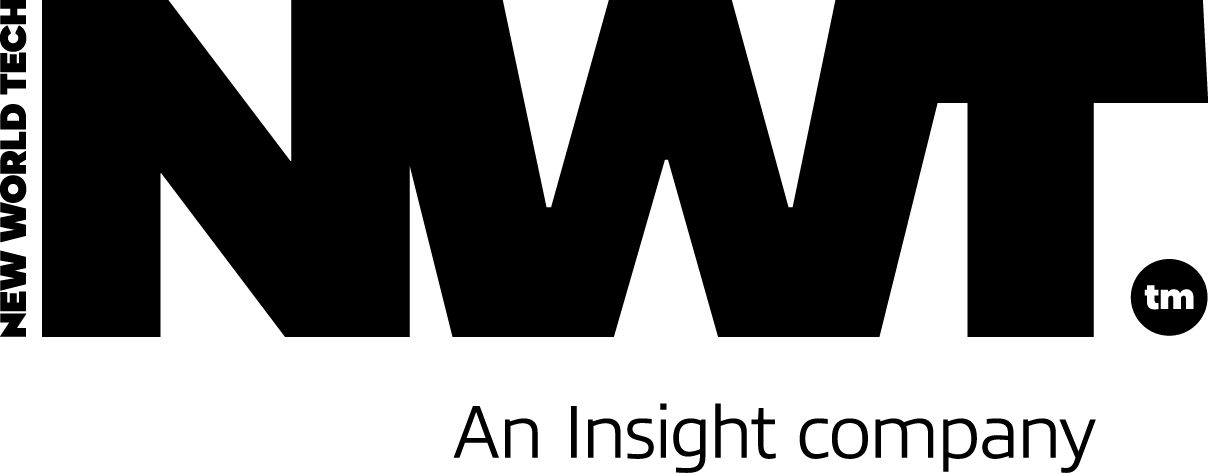A guide to ITSM framework


IT service management (ITSM) includes both policies and practices for implementing, delivering and managing IT services for end users to meet their needs and the goals of the business. It comprises of business planning, delivery, operations, and control of employee information technology (IT) services.
Focusing on services rather than systems, each framework includes process-led approaches. ITSM framework encourages structure and predictability, supporting a full spectrum of IT services. ITSM’s planned goal is to facilitate and sustain optimal deployment, operation and management of all IT resources for every user in the extended company.
Information Technology Infrastructure Library (ITIL)
ITIL is the most adopted best practices guidance framework. ITIL Service Strategy focuses on the full life cycle of designing, developing, implementing and managing a portfolio of IT services.
It also determines costs and budgets for these services by using forecasting. Service Design includes the planning of services and processes for availability, security, service level agreements (SLAs), continuity – including backups and disaster recovery and more.
Service Transition is the best practice for moving or changing a service with minimal impact on quality and performance.
Service Operation includes responding to problems, fulfilling service requests, and responding to incidents and problems.
Continual Service Improvement covers the steps for expanding or changing services as an organisation needs change. ITIL may be exhaustive, but a business does not need to implement it exhaustively and can pick the process and practices they need.
There are other ITSM frameworks; some of which are closely connected to ITIL. Many are used alongside ITIL. These include the following:
Control Objectives for Information-Related Technologies (COBIT)
Another example of an ITSM framework is COBIT, designed to unite practices and develop information management and governance approaches.
It includes resources for building, monitoring, and improving practices upon implementation and assisting risk management solutions.
COBIT can work alongside other frameworks such as Information Technology Infrastructure Library (ITIL) and The Open Group Architecture Framework (TOGAF).
COBIT includes 40 management and governance objectives to assist with establishing a strong governance framework, aligning business goals with IT goals and traversing information governance, risk management and security governance.
Business Information Security Library (BiSL)
BiSL is a comprehensive ITSM framework for business information management. It is focused on ITSM from the perspective of users and is often called the “demand” perspective.
ISO/IEC 20000
The first international standard for service management. ISO/IEC 20000 enables organisations in all sectors and of all sizes to manage the security of assets such as financial information, intellectual property, employee data and information trusted by third parties.
ITSM Key Concepts and Practices
The core ITSM concepts include:
Incident management: Incident management is the process of reacting to an incident with the end goal being the restoration of the service with minimum impact to users and the business.
Problem management: The process of identifying and addressing the cause of an incident and the factors leading to it and also determining the best way to eliminate it.
Change management: Also known as change enablement, is the establishment of processes and practices that minimise IT service disruptions, compliance issues and other risks that might result from changes made to critical systems.
Asset and configuration management: Process for authorizing, monitoring, and documenting the configuration of software and hardware assets, like physical and virtual servers, operating systems, notebooks, and mobile devices, which are used to deliver services.
A key resource and configuration management tool is the configuration management database (CMDB), which serves as a main source of all IT assets and the connections between them.
Service request management: Process for handling requests for new services from users or areas of the business.
Service catalogue: A menu or portal that allows users to help themselves to IT services.
Knowledge management: Creating and sharing IT service–related knowledge across the business.
Service level management: Agreeing upon required service levels for different groups of users and then meeting those levels.
IT Service Desk: Single point of contact (SPOC) for fielding and managing all incidents, problems, and requests. It’s also a key part of an ITSM framework, where all incident reports, problem reports and service requests begin, and where users can track their progress.
The Service Desk manages software licensing, service providers and third-party contracts related to ITSM. The Service Desk can operate and maintain ITSM-related self-service portals and knowledge bases.
ITSM Benefits
ITSM’s goal is to ensure that IT services operate in a way that meets the needs of the users and the business. Significant benefits include making it easier for IT teams to provide a fast and agile response to unexpected events, new opportunities and threats.
ITSM also enables better system performance and fewer service interruptions. ITSM helps the business get more productivity from infrastructure at less cost by systematically speeding incident resolution, reducing incidents and automatically resolving and preventing issues.
ITSM can also improve compliance and reduce risk by embedding compliance into service design. ITSM facilitates a productive, efficient, and cost-effective business that’s united with the business’s strategy.
ITSM Framework and Tools
There are many ITSM frameworks and software tools on the market, which are designed to help organizations implement and automate ITSM within the best-practices frameworks of their choice. When choosing a tool, a business should consider the following criteria:
- Make sure the tool supports a robust IT service desk because the service desk will serve as the interface between your IT staff and users.
- A business should choose a tool with resources that map to all of their frameworks, including IT asset management, change management, knowledge management, integration of the service catalogue, incident management and problem management.
- The tool should integrate with the other tools in IT environments, such as project tracking software, collaboration tools and ERP systems.
- Easy-to-implement tools with graphical dashboards and configurable metrics and reports to help monitor service delivery and quality in real-time, based on key performance indicators (KPIs) like ticket volume trends, incident response and resolution times, and service level compliance statistics.
Most importantly, any tool a business chooses should be able to cope with changing environments. Tools should be able to identify, analyse, fix, and verify challenges in real-time.
ITSM and Artificial Intelligence
Artificial intelligence is becoming a part of many business processes, including ITSM. By applying AI to data, it is expected that it could help to predict outages, prioritize events and improve root cause analysis.
ITSM in the future
ITSM solutions continue to adapt as the needs and technologies of businesses change. Social media integration is likely to become a part of ITSM tools. Social media channels may be used to log tickets and track support.
At New World Tech we have experienced professionals who have insight into ITSM frameworks and cloud services. We are able to provide great insights to help any organisation read more about it here.


